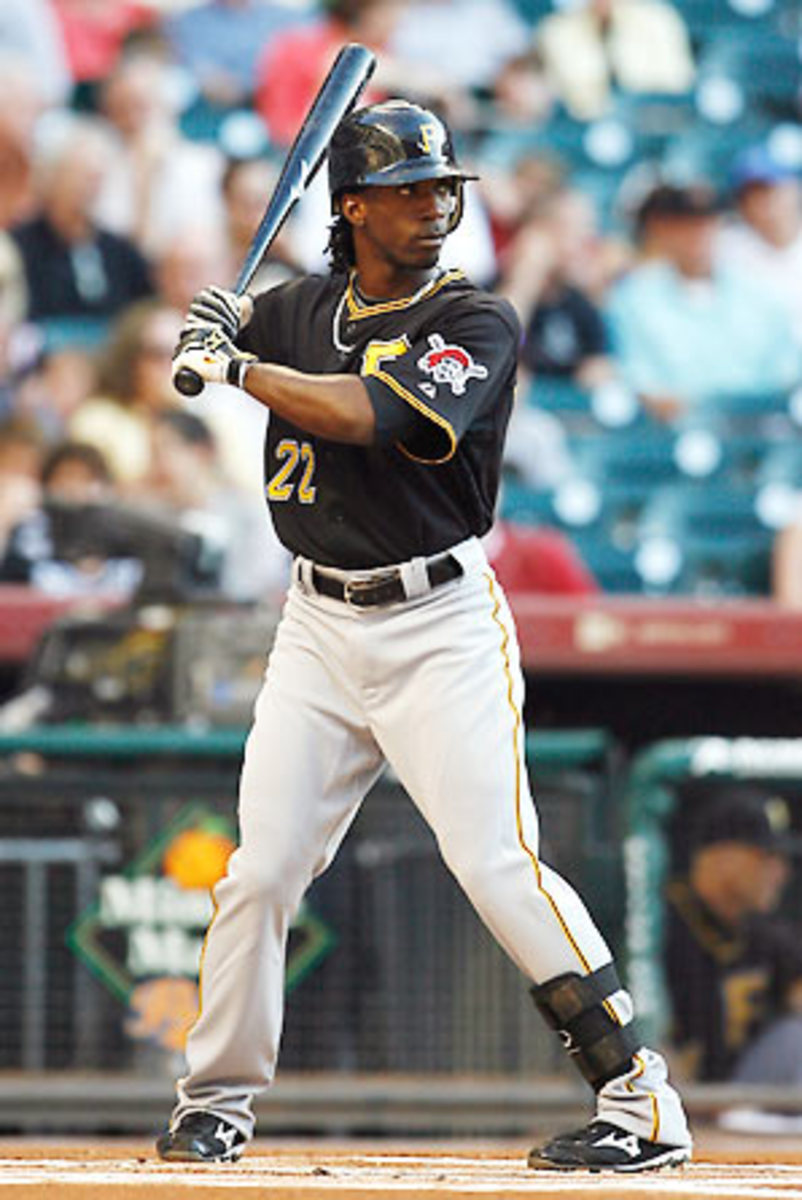McCutchen, Hanson are just in time to save NL Rookie of the Year race


When the Pirates traded Nate McLouth to the Braves for three prospects last week, it was designed to help Pittsburgh in the future and the Braves right now.
However, there was a hidden fringe benefit to this trade that will probably matter most historically: It put some viable candidates into what otherwise was shaping up as the worst NL Rookie of the Year battle since Jerome Walton and Dwight Smith made up two-thirds of the 1989 Cubs' outfield and the top two spots in the NL Rookie voting.
By clearing out McLouth, the Pirates created the room to summon their top prospect, Andrew McCutchen. And in conjunction with obtaining McLouth, the Braves completed a bit of late-spring cleaning by waiving 43-year-old Tom Glavine and promoting 22-year-old Tommy Hanson to join the rotation.
Having McCutchen and Hanson join these rookie proceedings is like having Lennon and McCartney decide they want to be part of your band.
Because as the 10th week of the season began, Seth Smith led NL rookie position players in VORP, while Randy Wells was tops among the league's rookie pitchers. Yep, Seth Smith and Randy Wells -- cue the dramatic bagpipes. I know I have goose bumps. For those not playing in the most extensive fantasy league on the planet, Smith is the backup to Rockies backup outfielder Ryan Spilborghs and Wells is a converted catcher who was not even listed among the Cubs' Top 10 prospects by Baseball America.
This race was promising all the pizzazz of a 24-hour mah-jongg channel. It was actually making the AL's race seem exciting. At least in the Junior Circuit the front-runners have been two players with real pedigree in Rangers shortstop Elvis Andrus and Tigers starter Rick Porcello, although both were having nice, but hardly eye-opening rookie campaigns. And the AL also has seen touted prospects such as Orioles catcher Matt Wieters, White Sox infielder Gordon Beckham and Rays starter David Price promoted with still enough time to become legitimate factors for the rookie award.
There are plenty of instances of Rookie of the Years who came late to the party, including Ryan Howard winning in 2005 after being promoted in early May and playing just 88 games in total.
But there is little doubt that we are seeing more and more of the game's best prospects joining the season already in progress. Many teams simply value the cost savings in keeping their top farmhands in the minors for the first few months of the season over the potential to win a few more games. By keeping a prospect in the minors for a few extra months, teams can get 6 1/2 seasons from a player before free agency rather than six. In addition, players who rank in the top 17 percent of those with more than two years of service time and fewer than three gain Super Two rights and are eligible for arbitration. So teams try to gauge when it's safe to promote their best players so that they will not be in that 17 percent. The accepted safe period to avoid Super Two status is usually after Memorial Day, which was May 25 this year.
Wieters, Beckham, Price, McCutchen and Hanson were all promoted on May 25 or later, and so was Mets top prospect Fernando Martinez. When it comes to the NL rookie race, however, better later than May 25 than never.
McCutchen, Hanson and Martinez should energize a dud competition, and the Cardinals' well-regarded outfielder Colby Rasmus also has come alive.
In a few weeks, those who chose to remember Seth Smith and Randy Wells will probably remember them not as front-runner's for Rookie of the Year, but placeholders until something better came along.
